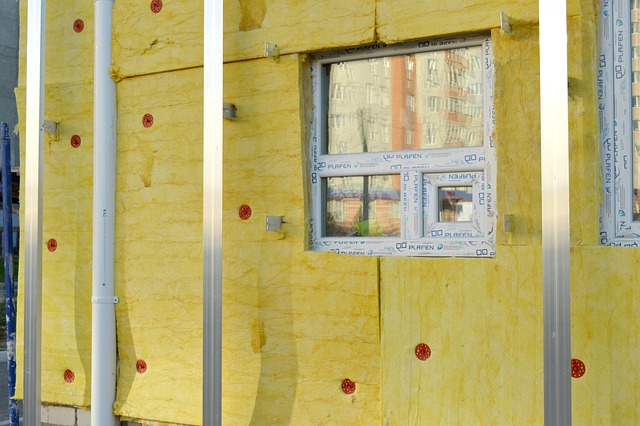In recent years, the realm of audio technology has experienced a groundbreaking evolution, particularly with the rise of immersive audio experiences that captivate our senses. Interactive sound is at the forefront of this transformation, providing users with an unmatched auditory journey that blends seamlessly with visual elements, enhancing our everyday experiences, from gaming to viewing our favorite TV shows.
When it comes to interactive sound, traditional stereo sound systems are becoming a thing of the past. Imagine watching a thrilling action movie on an advanced display technology that synchronizes stunning visuals with spatial audio. The sound doesn’t just come from the speakers in front of you; it envelops you from all directions, creating an experience that feels genuinely dynamic. This is where technologies like Dolby Atmos and DTS:X come into play, offering sound that moves in three-dimensional space, drawing you into the heart of the story.
Moreover, the integration of interactive sound is not confined to cinemas or home theaters. As we elevate our TV setups with cutting-edge monitors and displays, the combination of high-resolution visuals and interactive audio becomes an essential aspect of media consumption. These interactions don’t just result in a surrounding sound; they can also respond to a user’s actions. Imagine playing a game where the soundscapes shift based on your movement or decisions, transporting you deeper into a world of simulated reality.
The impact of interactive sound technology can also be felt in smart home devices. With the rise of voice-activated assistants, the way we consume media is transforming. Picture your smart speaker, seamlessly integrating with your visual display, enhancing your TV viewing experience by adjusting sound levels based on the type of content you are enjoying. Whether you are binge-watching the latest series or enjoying a family movie night, the ability of these systems to provide context-based audio enriches our interaction with the media.
Visualization plays a crucial role in enhancing the effectiveness of immersive audio. Advanced sound modeling technologies analyze the content being played and optimize the audio output accordingly. This synergy between what you see and what you hear reinforces the narrative, making every detail more vibrant and engaging. For instance, an emotional scene might feature subtle background music that swells as key moments unfold, heightening the viewer’s connection to the characters and their journey.
Another aspect to consider is how display technology is evolving to accommodate this interactive sound technology. Modern televisions are not just about pixel quality; they also integrate sound technologies to create a complete package. OLED and QLED screens provide stunning visuals that pair beautifully with immersive audio, crafting an intricate tapestry of sensory delight. The latest models even feature built-in soundbars, eliminating the need for additional components while still delivering rich, immersive audio experiences.
As we continue to explore the power of interactive sound, it’s clear that the fusion of audio and visual technology will shape the future of entertainment. Whether you’re upgrading your home theater, diving into a video game, or simply watching television, the combination of cutting-edge audio technology with supreme visual displays promises an enriching experience that draws us in and keeps us engaged.



